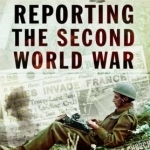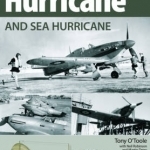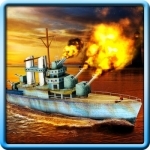
Reporting the Second World War
Book
After a slow start, the Second World War produced an enormous number of war correspondents....

Safety Management Systems in Aviation
Carl D. Halford, John J. Goglia and Alan J. Stolzer
Book
Although aviation is among the safest modes of transportation in the world today, accidents still...

Another Earth (2011)
Movie
A young woman named Rhoda Williams seeks out the man whose life she shattered in a car accident...
Charlie Cobra Reviews (1840 KP) rated Manifest in TV
Jul 7, 2020
The passengers and crew aboard Montego Air Flight 828 from Jamaica to New York City are shocked to learn that when they experienced a brief period of severe turbulence over five and a half years have passed. The National Security Agency informs them that during the time they were presumed dead. As the passengers realize their lives and loved ones are not the same as they were before, they also begin experiencing strange visions and hearing voices guiding them about events yet to occur.
This show was very intriguing and got me hooked from the first episode. The cast is great and they are all very good actors even the children. It's a decent mix of supernatural mystery with drama, and it kept that way through the first season. It has a very compelling premise and kept me along for the ride but I didn't really like the whole drama part of it too much. Seemed to much like a soap opera to me. Also sometimes it feels like it doesn't do enough to push itself further plot wise and stagnated in certain episodes or through characters actions. Still pretty interesting and worth a watch if it peeked your interest. I give it a 6/10.

Hawker Hurricane and Sea Hurricane
Martin Derry and Neil Robinson
Book
When Sidney Camm's masterpiece, the Hawker Hurricane, entered RAF service in late 1937 it quickly...

Phases of the Moon
Weather and Education
App
Learn the current phase of the Moon with one of the most detailed and scientifically accurate...

Flick Golf! Free
Games and Sports
App
Play the App Store's biggest arcade golf hit! The #1 Sports Game in over 100 Countries! Enjoyed by...

Shoot The Birds
Games and Entertainment
App
The birds may be angry, but it's You who's got the crossbow! ★"It’s more impressive than...

Russian Navy War Simulator 3D
Games
App
An International Naval Coalition becomes the last hope of survival as the highly specialized sea...

The Red Lotus
Book
From the #1 New York Times bestselling author of Midwives and The Flight Attendant comes a twisting...
